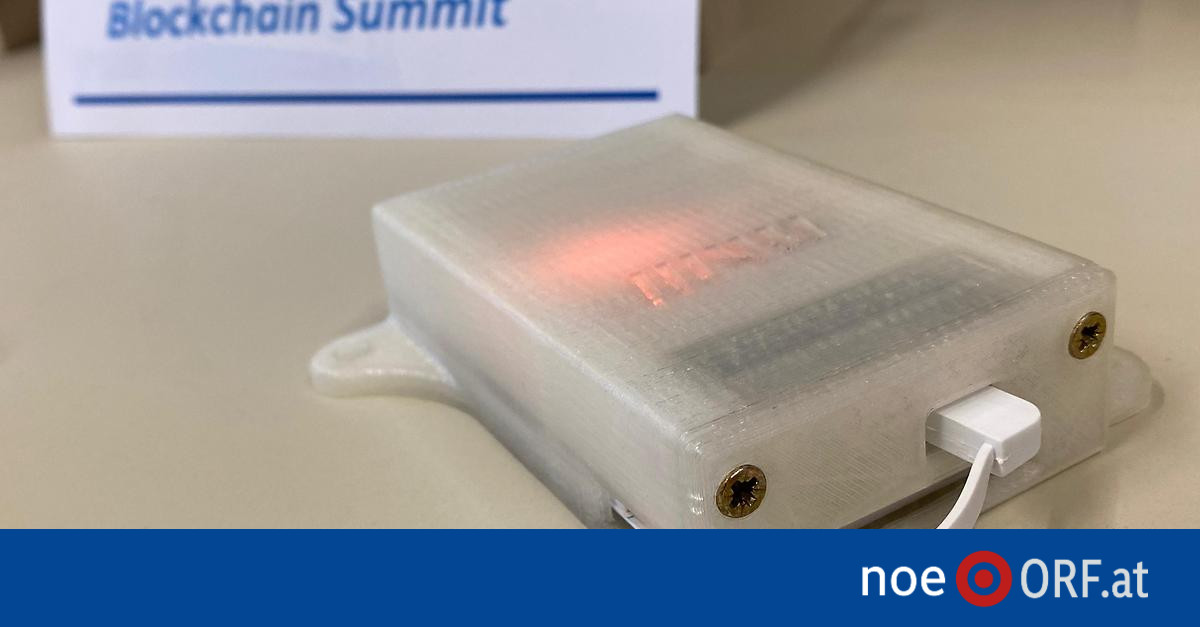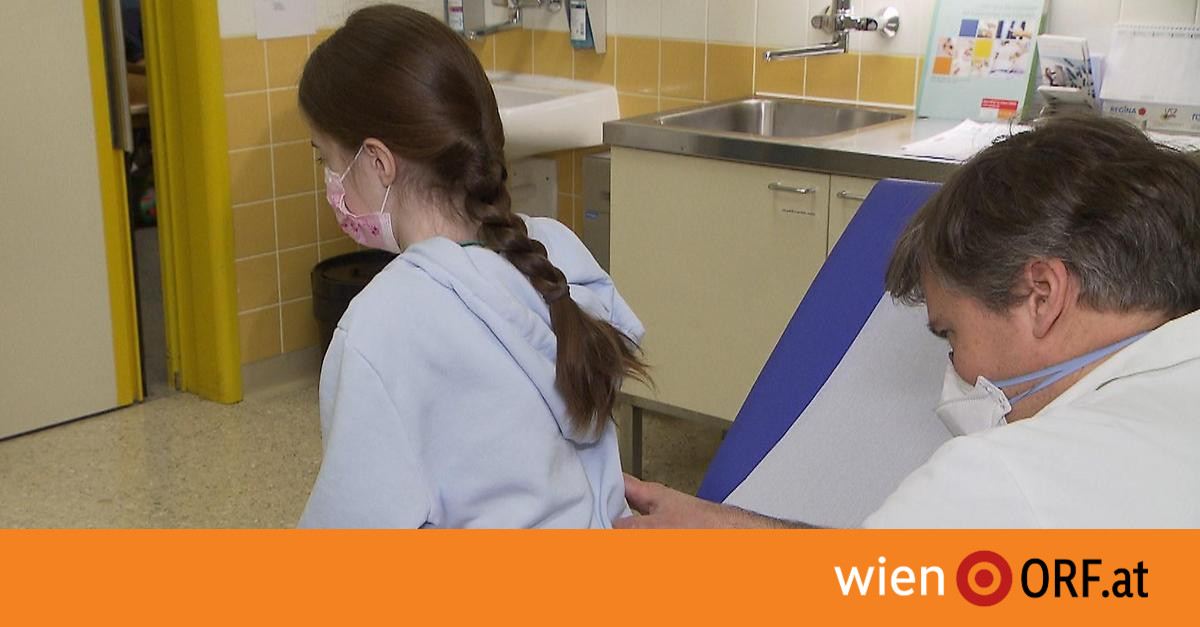This time the future begins at the cork of an expensive bottle of red wine. Hidden behind it is a white, rectangular strip with some electronic components. It is a so-called RFID microchip, on which information about the wine is stored. The chip can also recognize when the bottle is opened and the seal is broken. This information is then automatically distributed and saved worldwide.
What sounds crazy at first glance has become possible thanks to blockchain technology. It promises maximum transparency and protection against forgery. The structure is still a prototype. The wine bottle is in a laboratory at the St. Pölten University of Applied Sciences. But the research project shows how blockchain technology could soon find its way into our everyday lives.
Blockchain 101
A computer saves each new data record as a so-called block. This block is appended to the end of an existing “block chain” – and that on many computers at the same time. If a block is subsequently changed, the other computers will immediately notice it thanks to their own copies.
–
Together with partners across Austria, the FH founded the Austrian Blockchain Center (ABC) about a year ago. Since then, the University of Applied Sciences has specialized in blockchain applications in the industrial sector – and also in the field of IT security, as its own research center was set up in-house at the same time.
“Blockchain is not only used for crypto currencies, but also for real products,” says Franz Fidler, head of the Media & Digital Technologies department at St. Pölten University of Applied Sciences. Companies could contact the Austrian Blockchain Center and contribute their research concerns. “These are then processed by us,” says Fidler.
The blockchain principle clearly explained
Franz Fidler, Head of Department at the St. Pölten University of Applied Sciences, explains how the blockchain works using wooden blocks
–
Automatic penalties for drone pilots
One of the research projects revolves around the networked wine bottle that was mentioned at the beginning. Among other things, one wants to ensure that the red wine is not a fake and that the expensive content is not replaced by cheap liquor on the way to the customer.
Many of these projects work with position data. One of them is supposed to revolutionize the regulation of hobby drones. “With drones, we have the challenge that they are not allowed to fly in certain areas,” says Fidler. Until now, flight data has normally only been saved by the pilot. The blockchain should change that too.
There are already drones in the research center’s laboratory that have been upgraded accordingly. They automatically upload their position data to the Internet every few seconds and save it in the blockchain. “In this way you can see who flew where and when,” says St. Pölten student Michael Macher. If it is a no-fly zone, the technology can automatically turn off the drone and ask the pilot to pay.

Contracts even without trust
Macher hopes that this could go into series production with drones in a few years. “The technology will be much more interesting for industrial companies that ship machines.” For example, you can always see where the delivery is. A manipulation of the data is excluded. This location function can then be combined with a payment system “that also works when partners or customers are involved who you don’t need to know very well,” explains Department Head Fidler.
This can also be helpful with perishable products. “With food, for example, it is important to know whether the cold chain has been adhered to,” says student Michael Macher. He can imagine setting up a corresponding start-up company after graduating or doing further research directly with the university of applied sciences and business partners. He also mentions a particularly current application example: Covid-19 vaccines. Here, too, the transport and the cold chain can be traced using blockchain.
–


